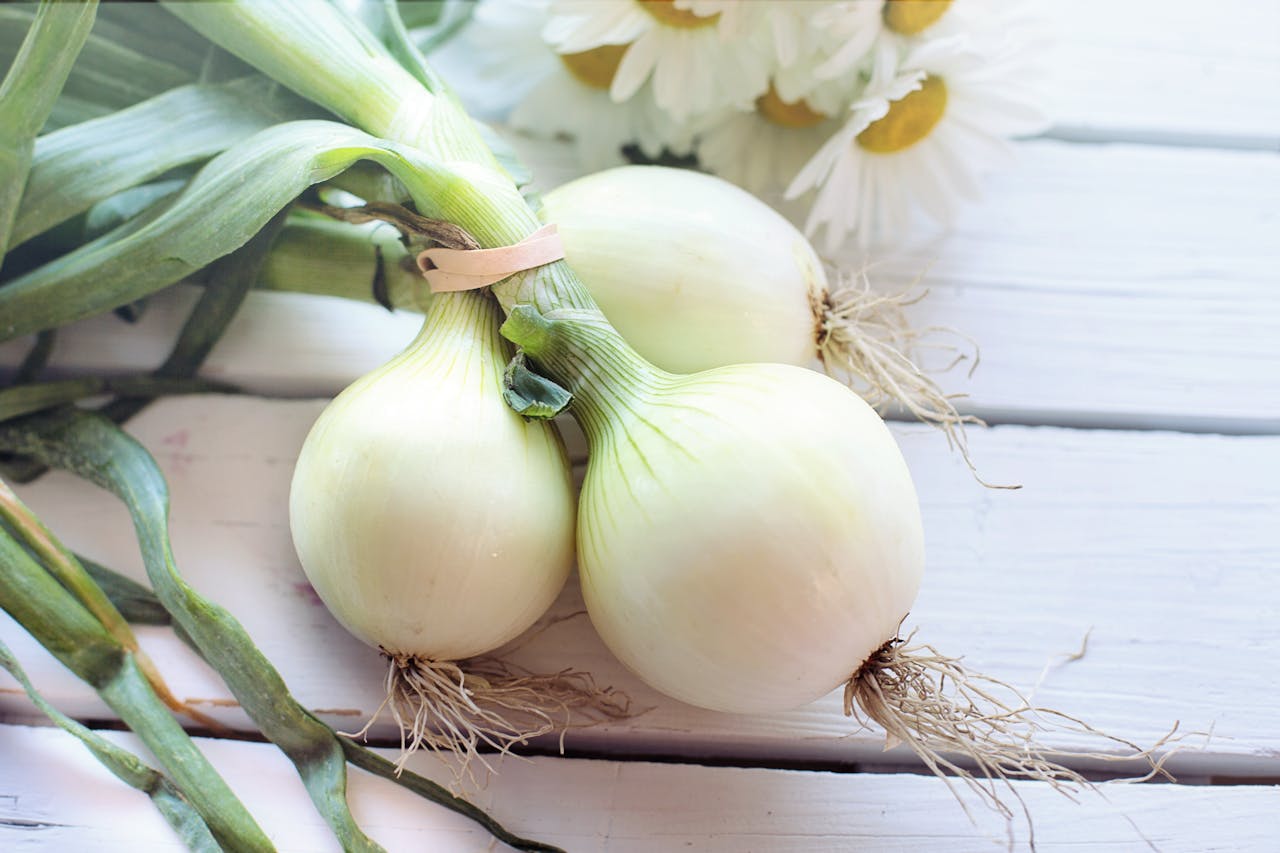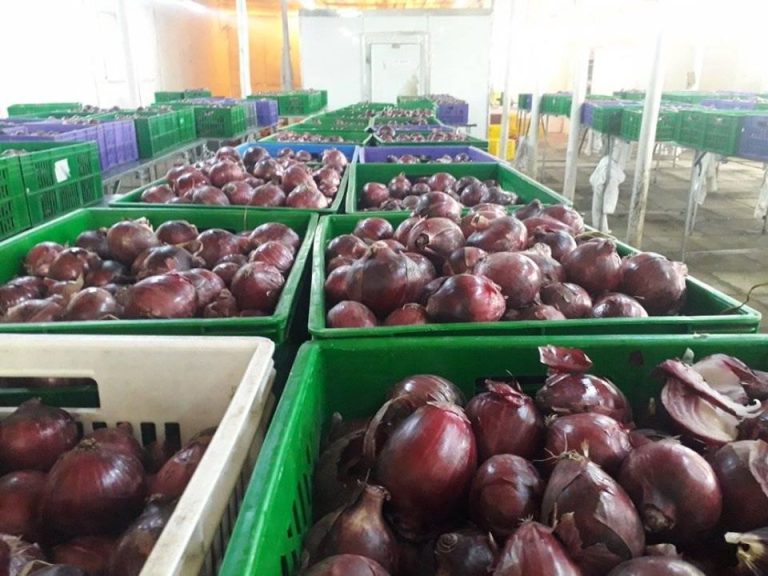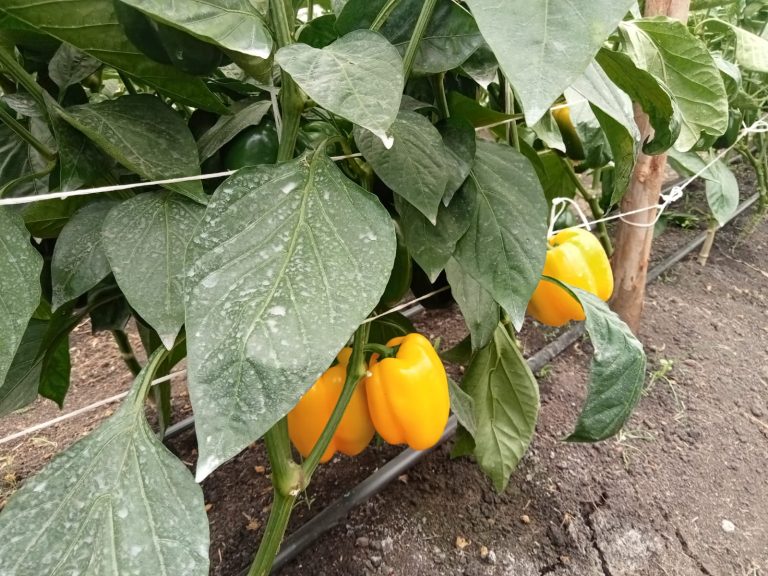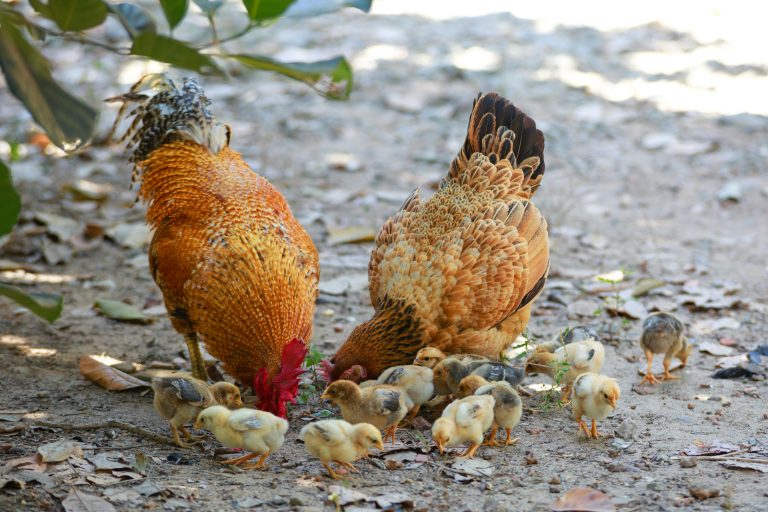1: INTRODUCTION
Every year, more than 40% of onions harvested in Kenya are lost to post harvest problems like bruising, moisture, and poor storage conditions. That’s not just wasted food, it’s millions of shillings in profits slipping through farmers’ and investors’ hands.
For farmers and professional investors exploring agribusiness, these losses represent a serious risk to return on investment. Kenya’s onion value chain is growing fast, with public wholesale markets, urban supermarkets, hotels, institutions such as schools, and export destinations demanding more consistent supply. Yet without proper post-harvest handling, many farmers can’t meet market standards.
In this blog, you’ll learn why so many onions never reach the market, how smart postharvest methods protect your profits, and how Fincare Investments Limited supports investors with land leasing and infrastructure to prevent these costly losses.
2. WHY 40% OF KENYAN ONIONS NEVER REACH THE MARKET
The journey from farm to market is riskier than most new investors imagine.
Take a farmer in Isinya, Kajiado County, after harvesting 10 tonnes of onions from one acre, he stores them in damp gunny bags. Within two weeks, rot sets in, nearly 4 tonnes lost before reaching the market. This story repeats across Kenya.
Demand for onions is surging in all major regions in Kenya such as Nairobi, Mombasa and Kisumu, while export destinations increasingly prefer Kenyan onions for their pungency and freshness. Yet exporters reject produce that doesn’t meet shelf-life and quality thresholds.
Numbers and return on investment (ROI) Impact:
Losing 40% of a 10-tonne harvest at Ksh 70/kg wipes out Ksh 280,000 in potential earnings per acre. For investors targeting profits of Ksh 350,000-450,000 per acre, these losses can make or break the business case.
Top Risks and Practical Tips:
- Poor curing: Onions harvested wet or stored without drying sprout or rot.
Fix: 2-3 weeks of shade-curing on raised racks.
- Moisture in storage: Humidity encourages fungal growth.
Fix: Ventilated sheds with airflow or low-cost solar fans.
- Plastic sacks during transport: Trap heat and moisture.
Fix: Use breathable mesh or net bags.
- Bruising in handling: Rough loading damages bulbs.
Fix: Train workers and use padded crates.
3: POSTHARVEST SECRETS THAT PROTECT YOUR PROFITS
Postharvest handling is not just about storage, it’s about preserving margins.
Studies show that proper curing and ventilated storage can cut losses from 40% to under 10%. That’s the difference between Ksh 250,000 in lost sales, or an extra cash in your pocket per acre.
Step 1: Proper Curing
- Sun-drying: Freshly harvested onions need 7-14 days in direct sun to dry outer layers.
- Shade-curing: After initial drying, shifting to shaded, well-ventilated racks prevents overheating and protects bulb quality.
- Outcome: Proper curing seals the necks of onions, blocking moisture entry and extending shelf life by months.
Step 2: Storage Infrastructure
Dry, low-humidity ASAL zones like Isinya and Kajiado are natural allies for onion storage. The cooler nights and minimal rainfall reduce sprouting and rot risks, making these regions ideal for medium to long-term holding.
- Ventilated sheds: Simple wooden or iron structures with cross-ventilation cut storage losses by up to 20%, while costing far less than cold rooms. Airflow keeps bulbs cool and prevents fungal growth.
- Mesh bags: Allow continuous airflow, unlike tightly sealed bags that trap heat.
- Low-cost cooling and solar fans: Hybrid evaporative coolers or solar-powered fans maintain stable temperatures and humidity, extending onion shelf life by 2–3 months.
Step 3: Packaging for Transport
- Avoid plastic sacks: They trap moisture, accelerating rot.
- Use mesh bags or crates: They protect bulbs during handling, reduce bruising, and maintain airflow even in transit. Unlike plastic sacks, they allow airflow, preventing moisture buildup during shipment.
- Staged transport: Moving onions from Isinya to Nairobi or export hubs in phases reduces bruising and keeps quality consistent.
4. CONCLUSION
Farmers should treat postharvest care not as an afterthought but as the profit-protection engine of their onion investment. Reduce rot, and you don’t just save harvest, you multiply marketable kilos, open doors to export premiums, and move from spot-sales vulnerability to predictable margins.
With disciplined curing, ventilated storage, and buyer-ready packaging, an acre that would otherwise underperform can reach profit margin of Ksh 350,000-450,000 when managed correctly. The business case is straightforward: less loss = more saleable product + better prices
FREQUENTLY ASKED QUESTIONS ON ONION POSTHARVEST SECRETS
1. What is the profit per acre of onions in Kenya 2025?
With disciplined postharvest handling (curing, ventilated storage, clean packaging) an acre can reach Ksh 350,000-450,000 depending on timing and market.
2. How do I reduce onion postharvest losses in Kenya?
Cure bulbs 2-3 weeks, use ventilated sheds and raised racks and pack in mesh bags to reduce onion postharvest losses.
3. What onion storage methods work best for Kenya farmers?
Ventilated sheds, solar-powered fans, raised racks and shaded curing yards are cost-effective onion storage methods in Kenya for hot, dry counties like Kajiado.
4. Can I lease land instead of buying?
Absolutely. Fincare offers flexible leasing options in high-potential zones like Isinya, ideal for short- or long-term agribusiness ventures.
5. Are Kenyan onions export-ready?
They can be when traceability, residue control, KEPHIS phytosanitary certification, and GLOBAL G.A.P pathways are met, the backbone of export-ready onion farming Kenya.







